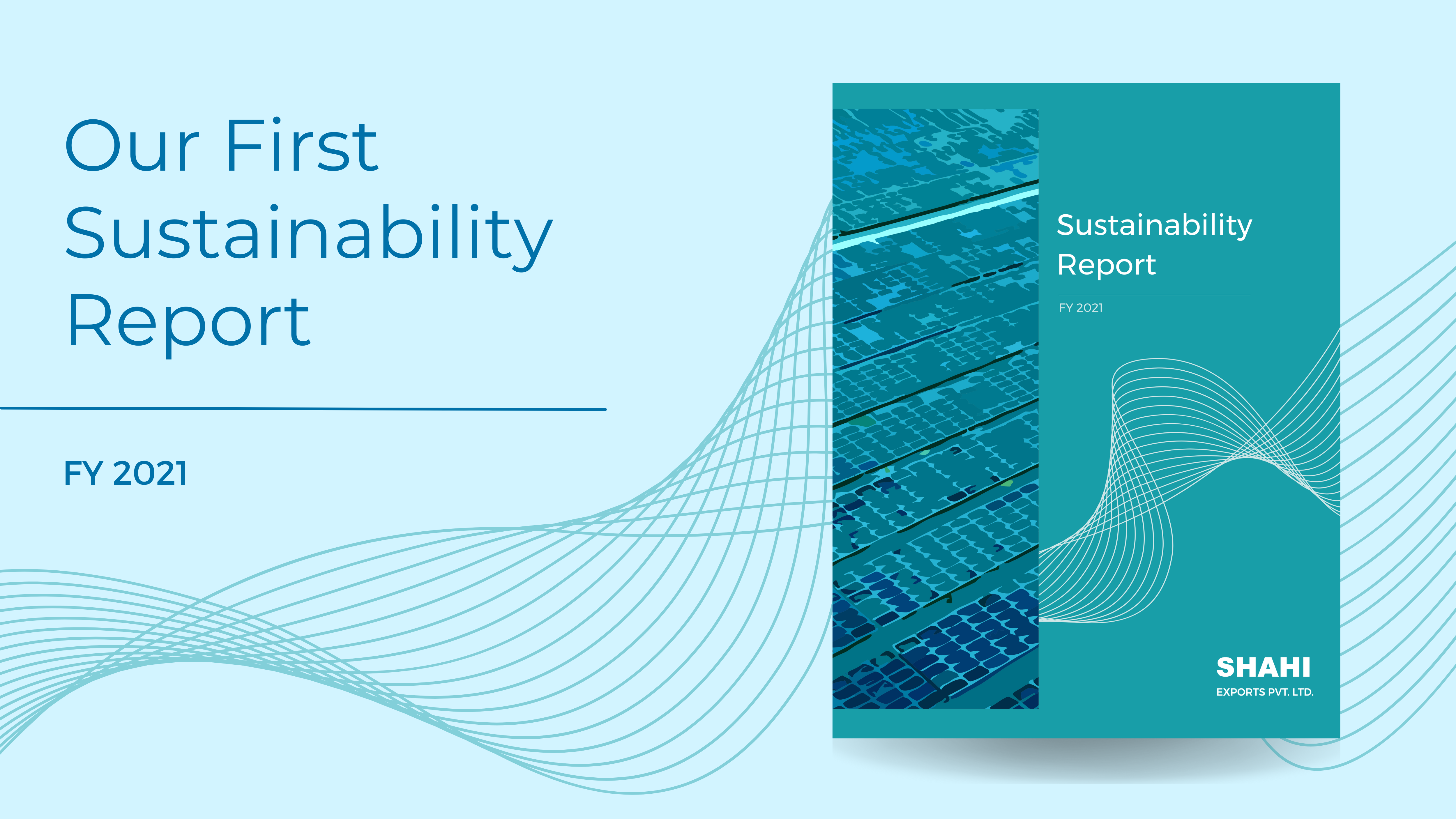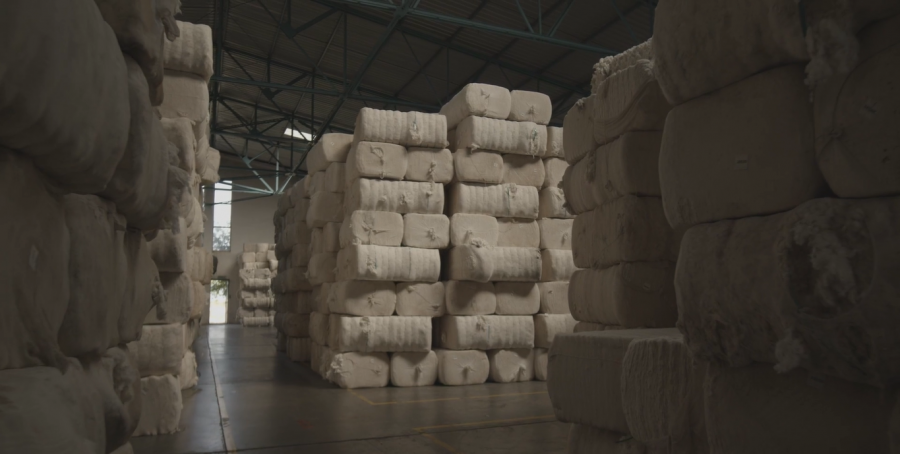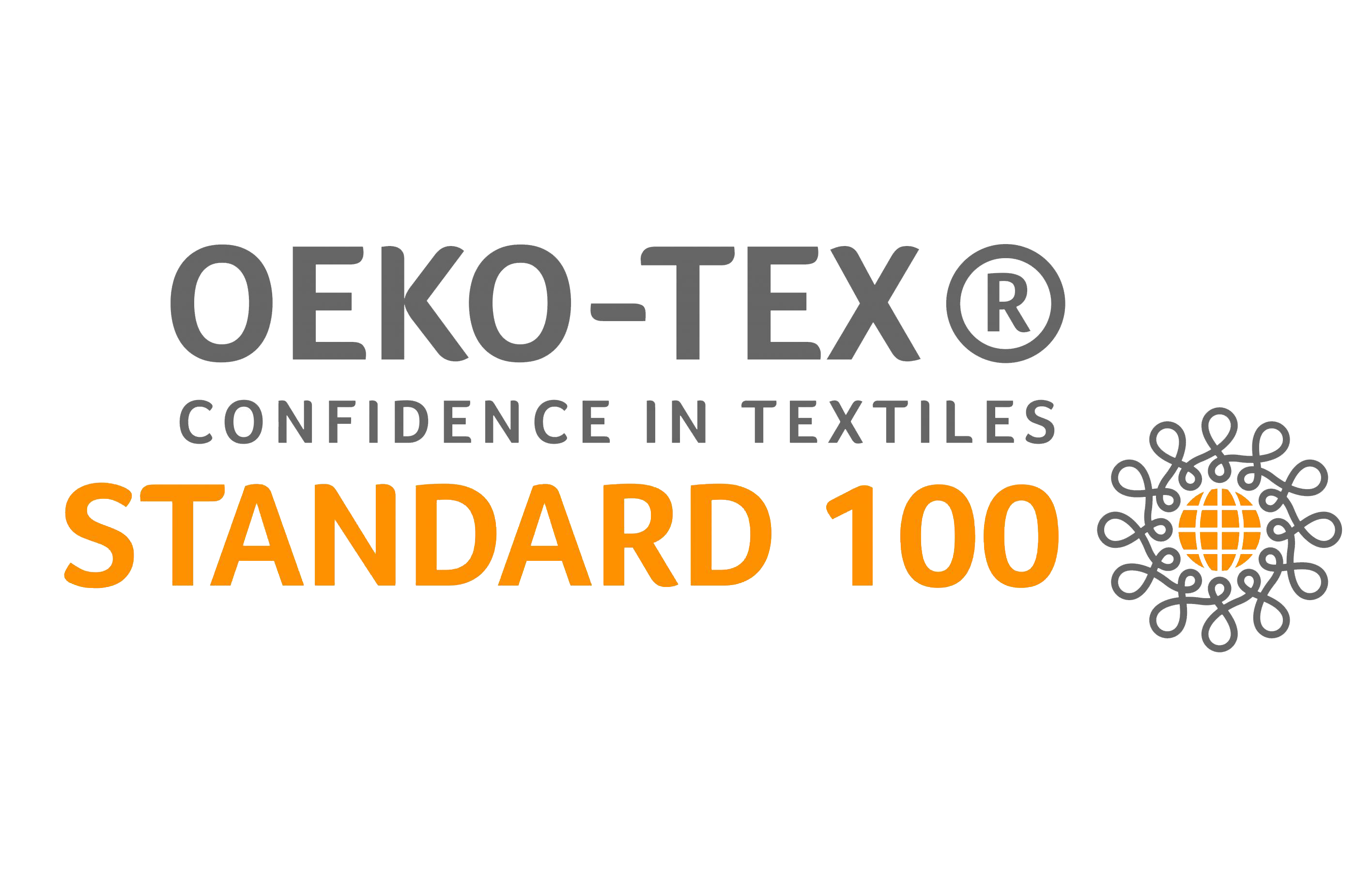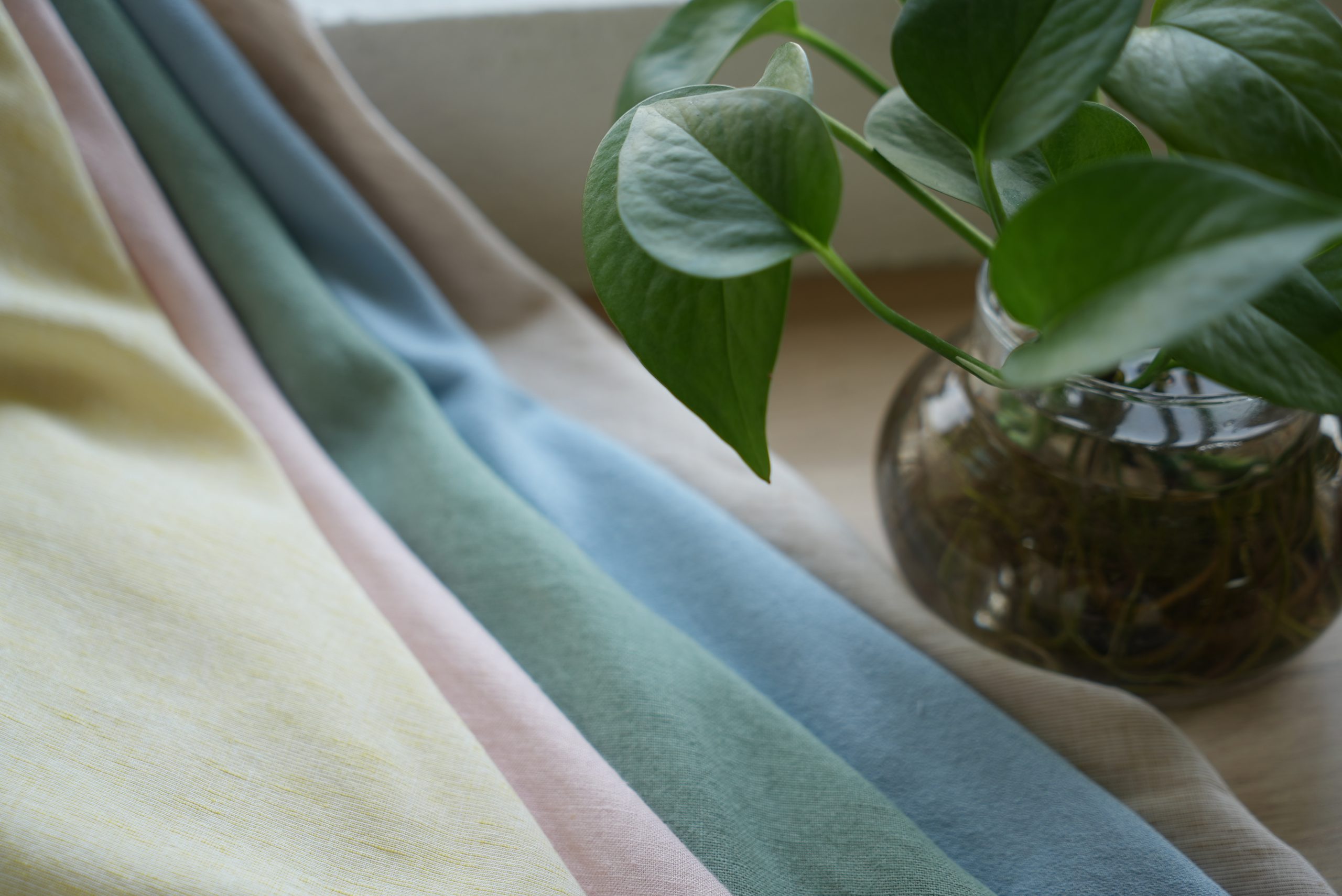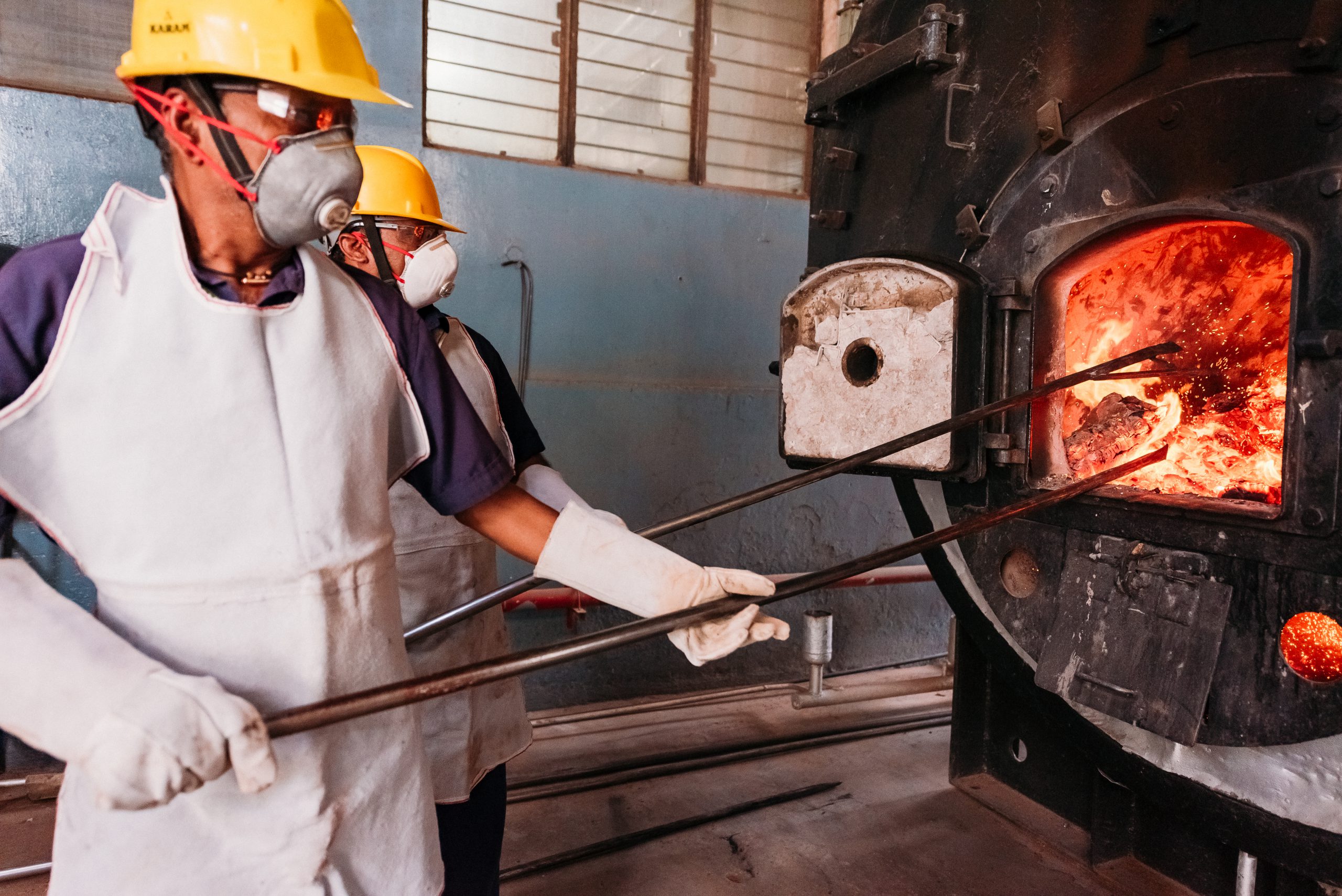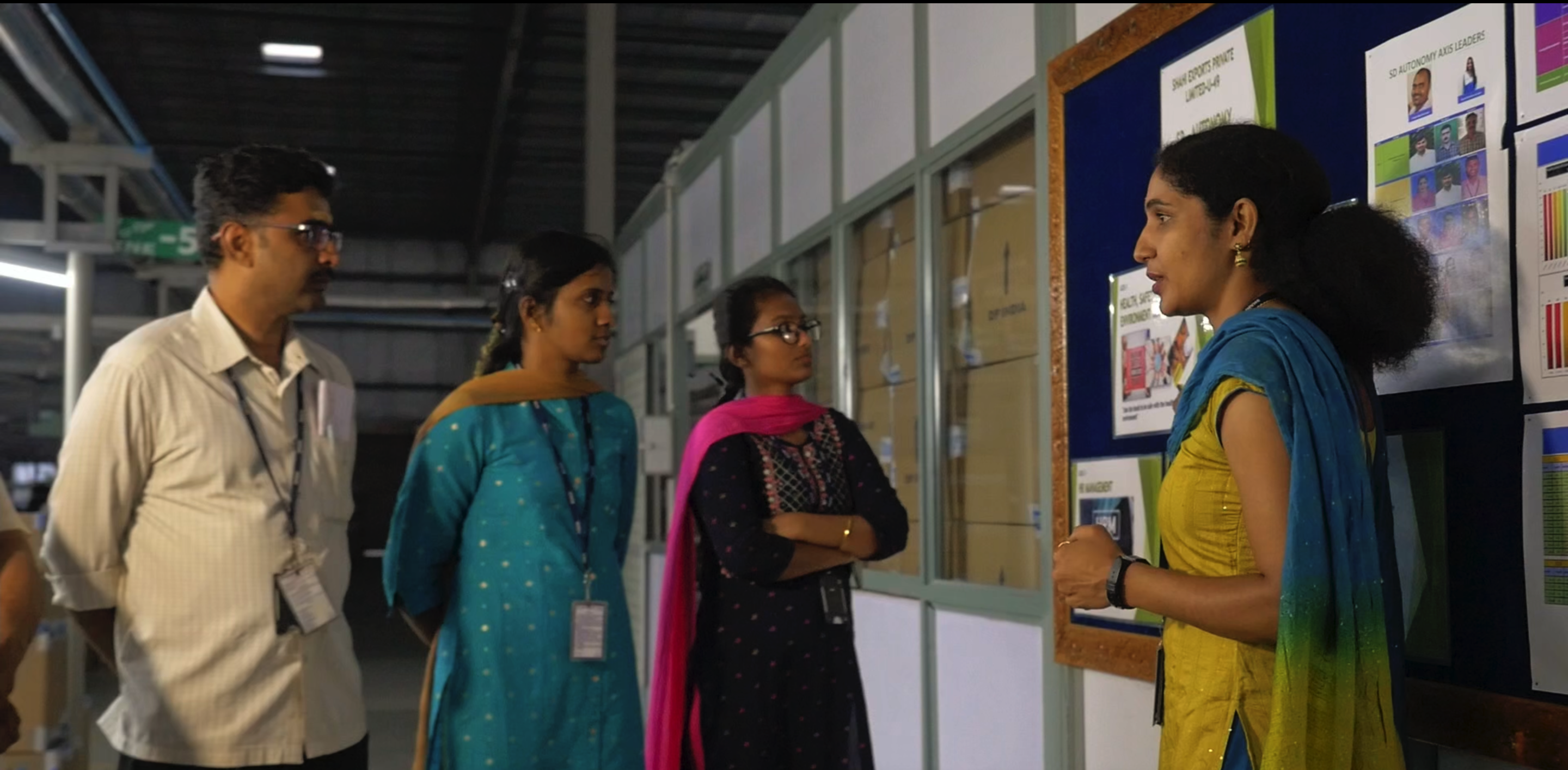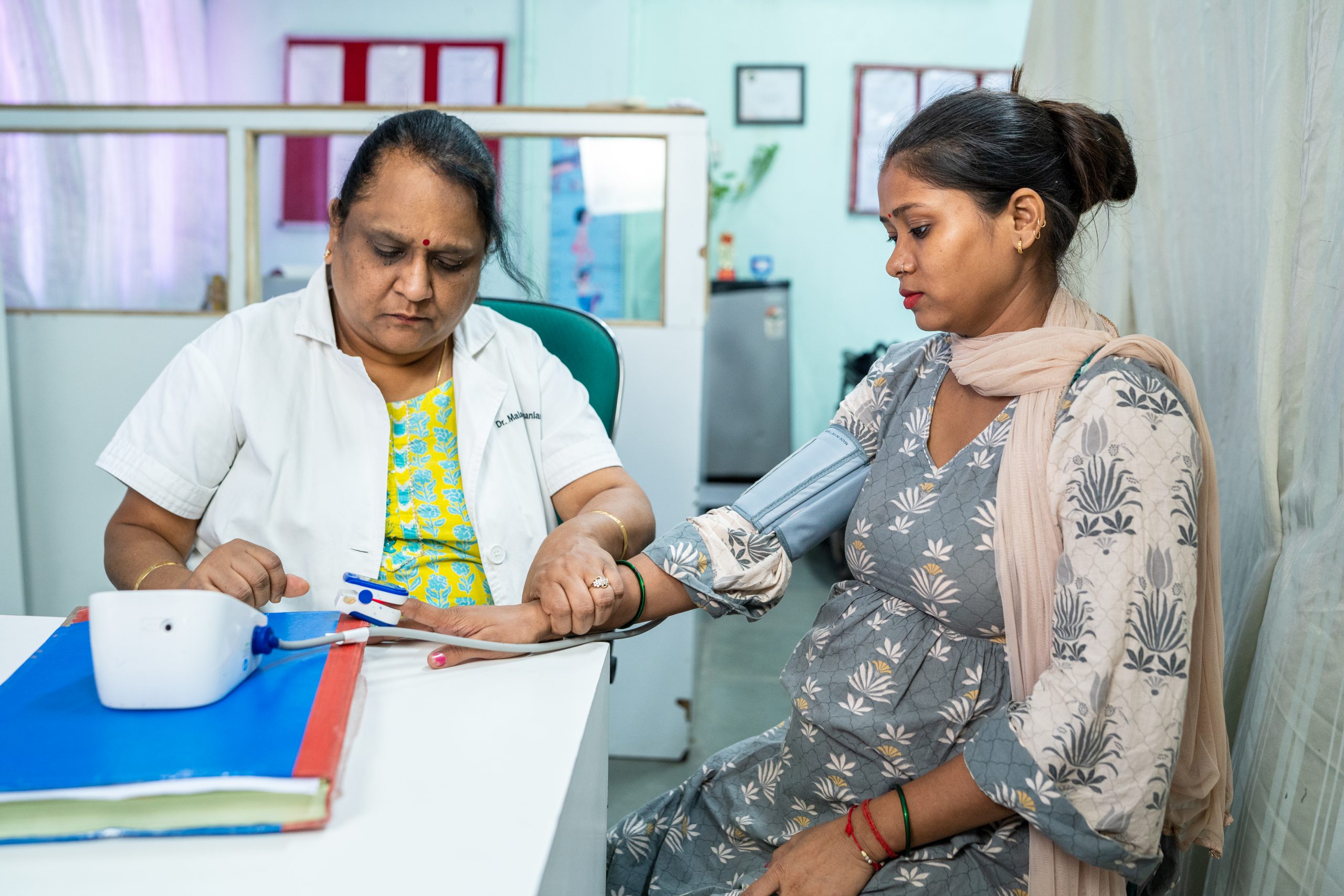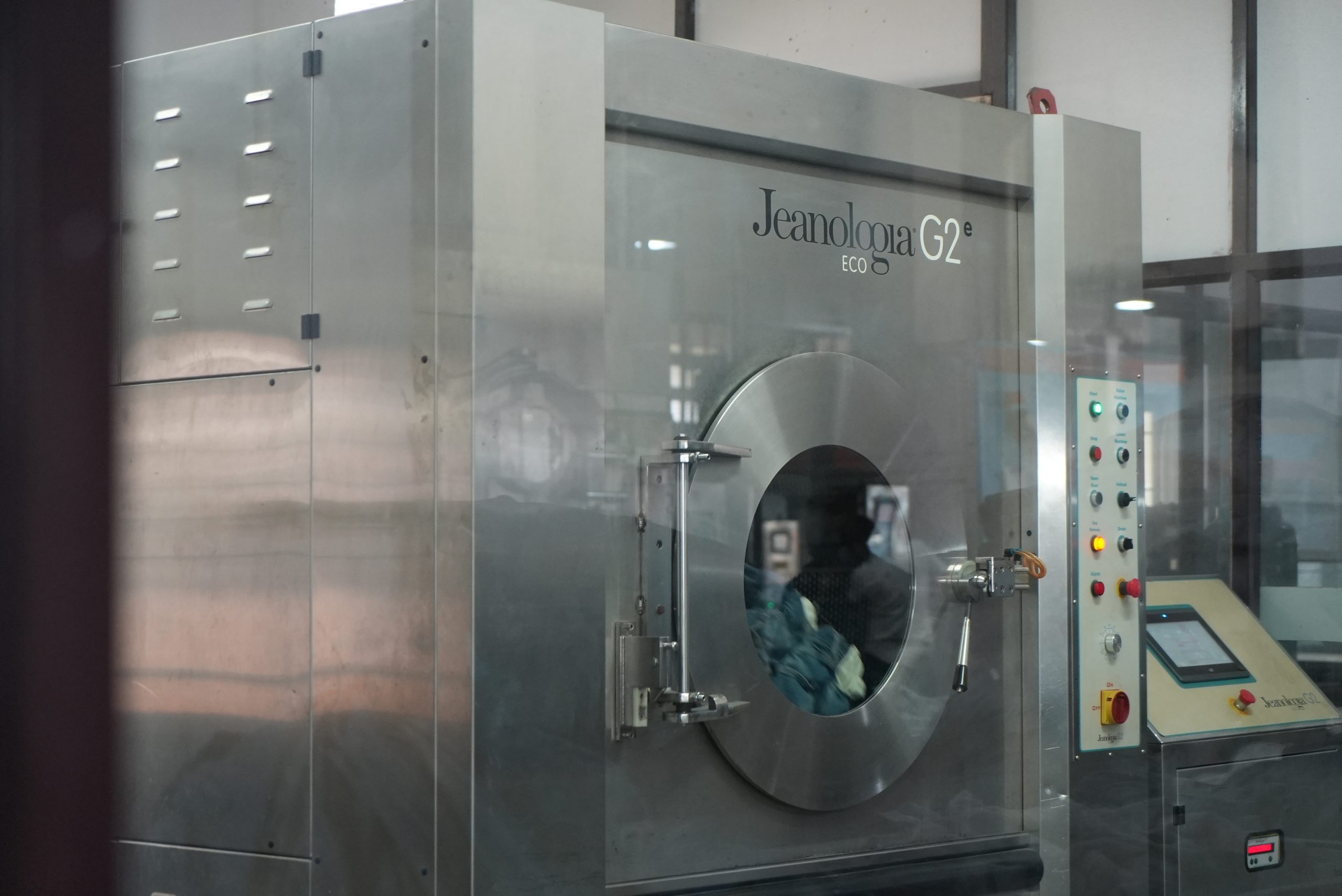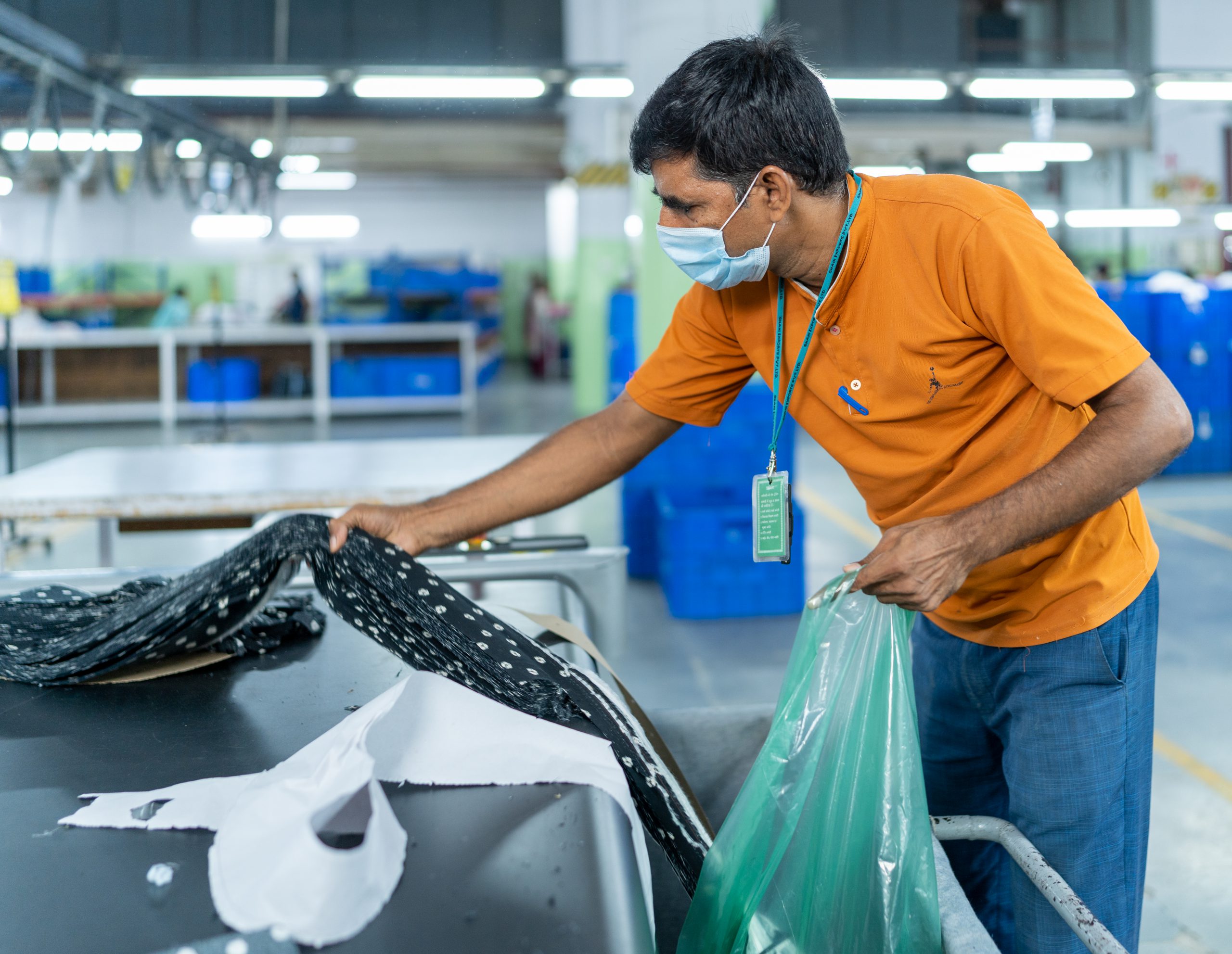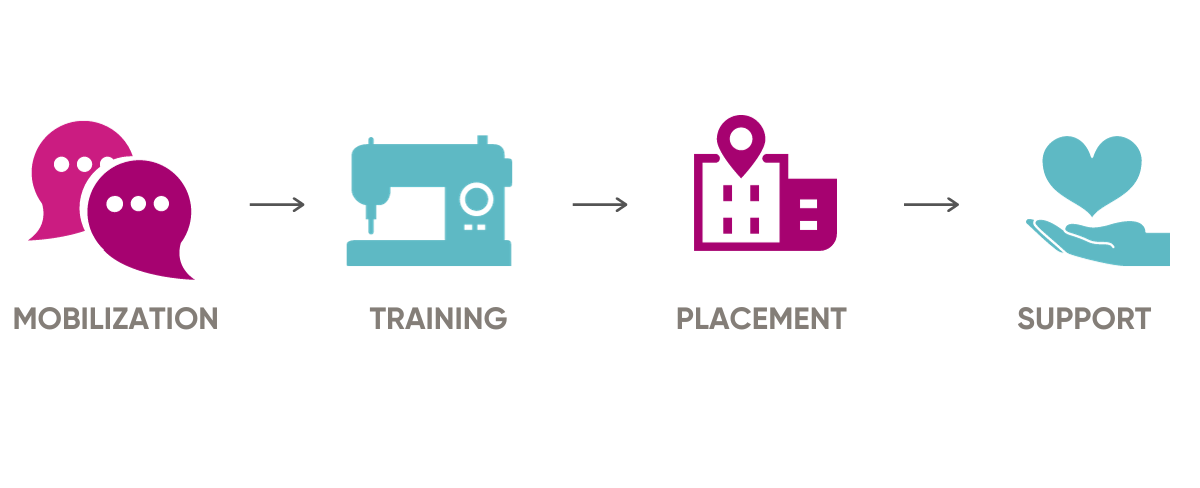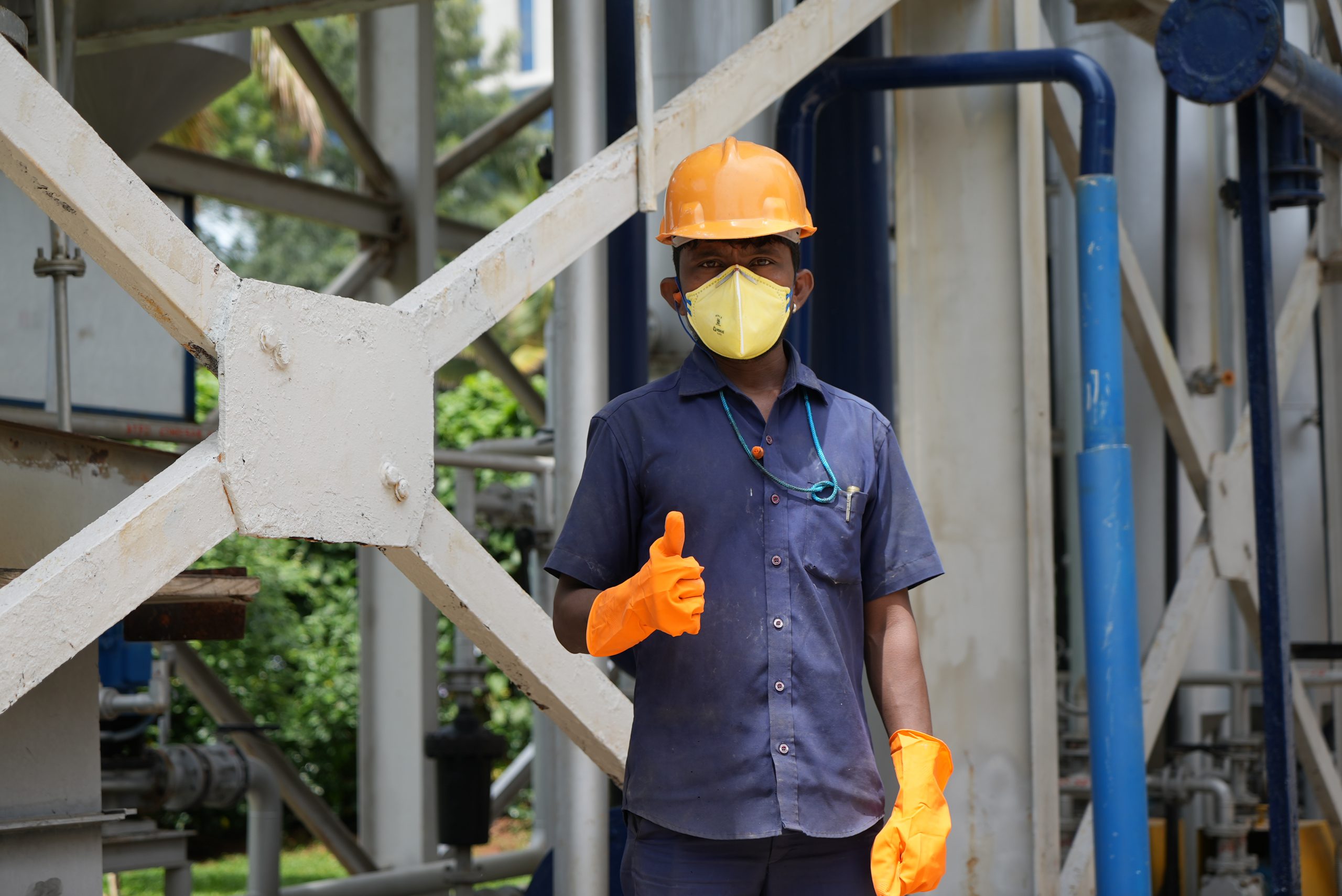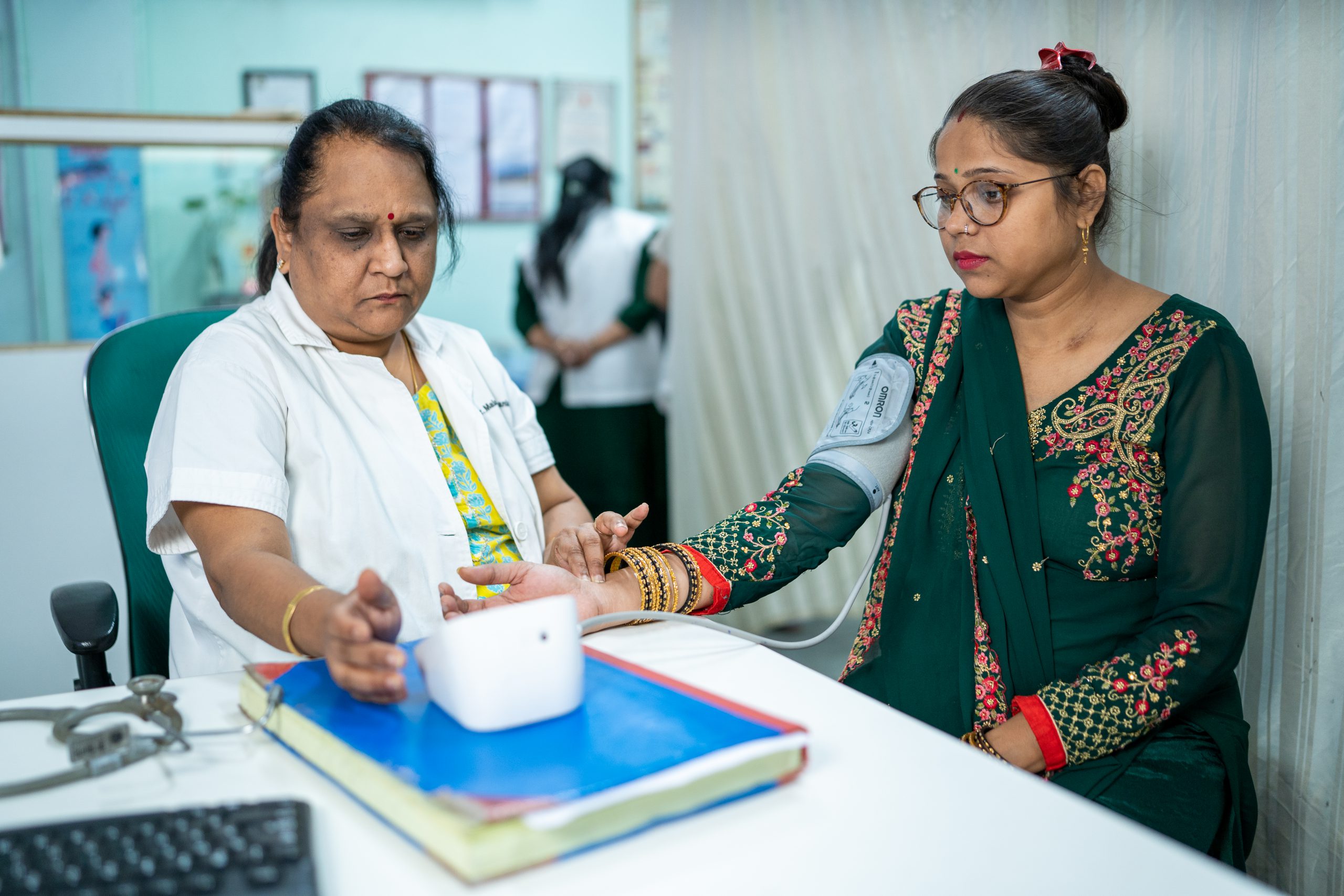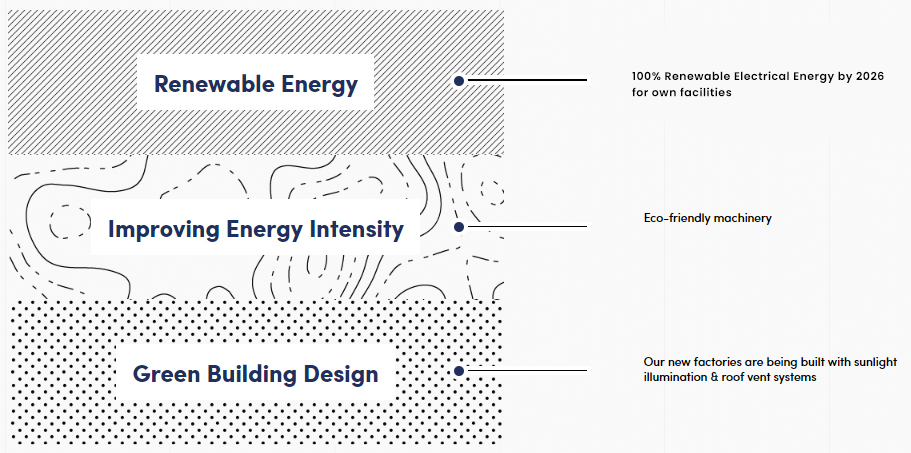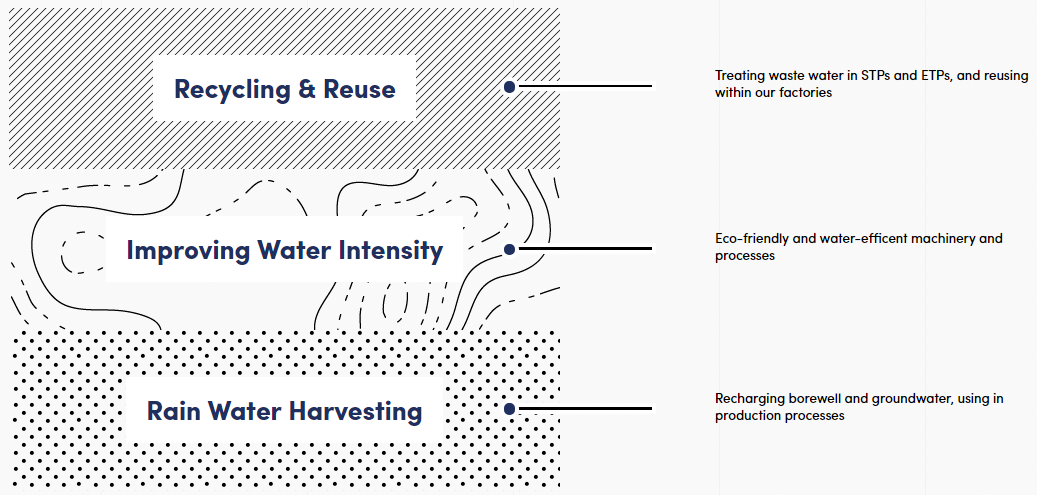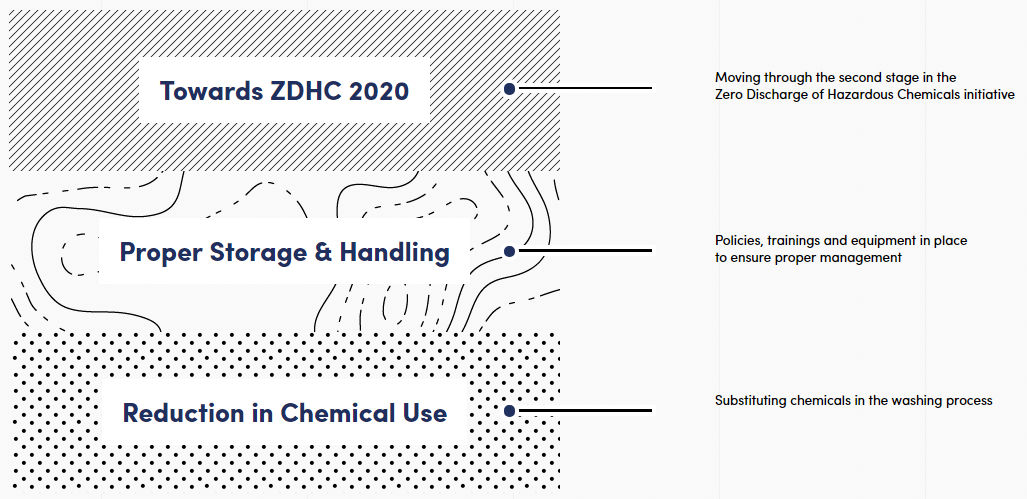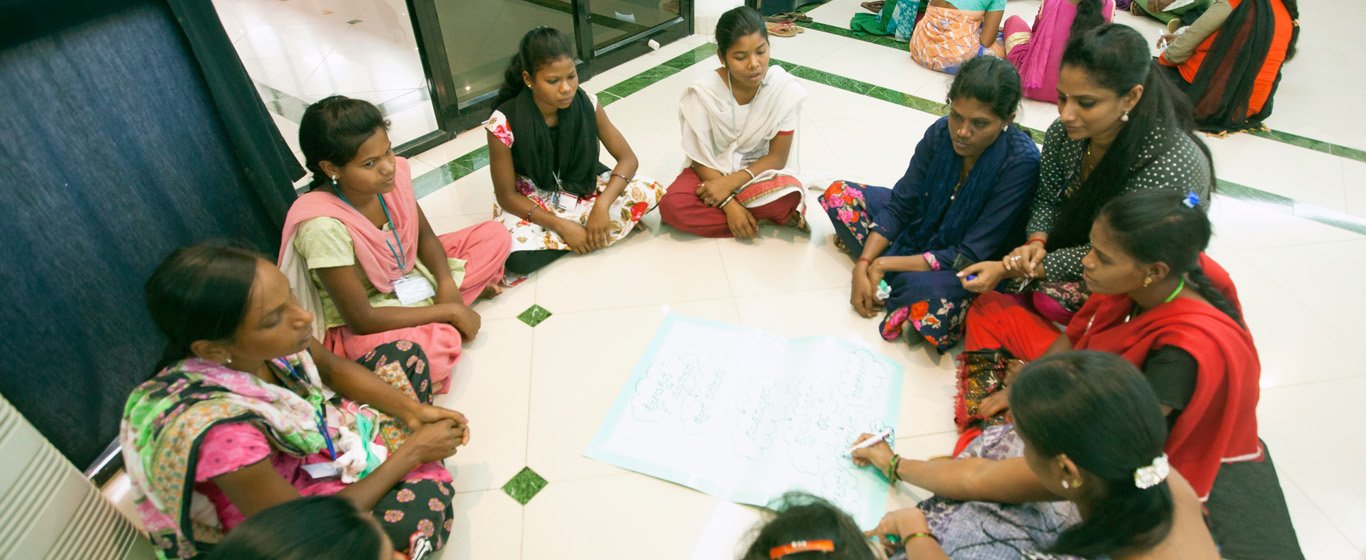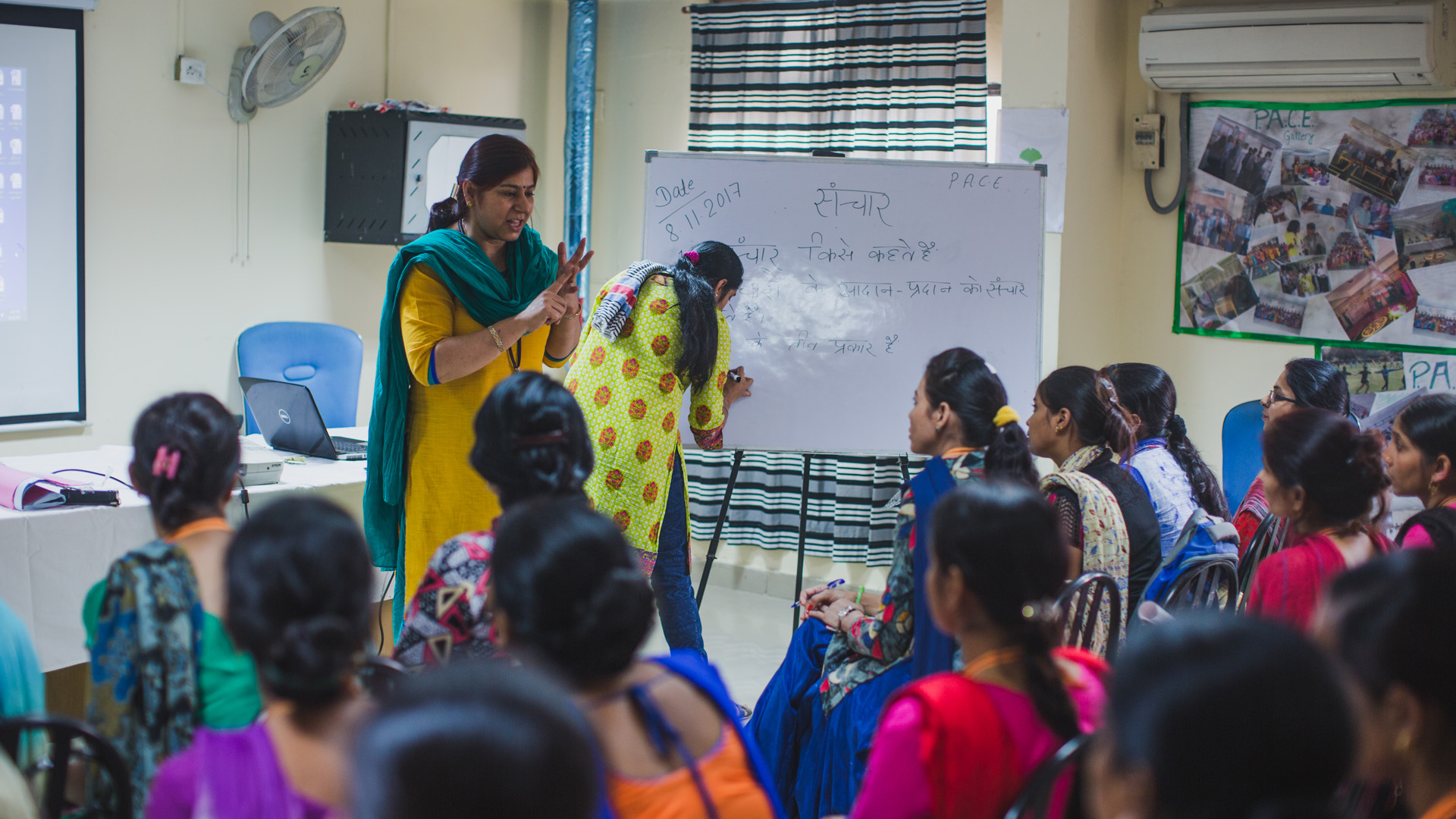Using textile waste to enhance cotton production: Results from a field trial with HKRITA
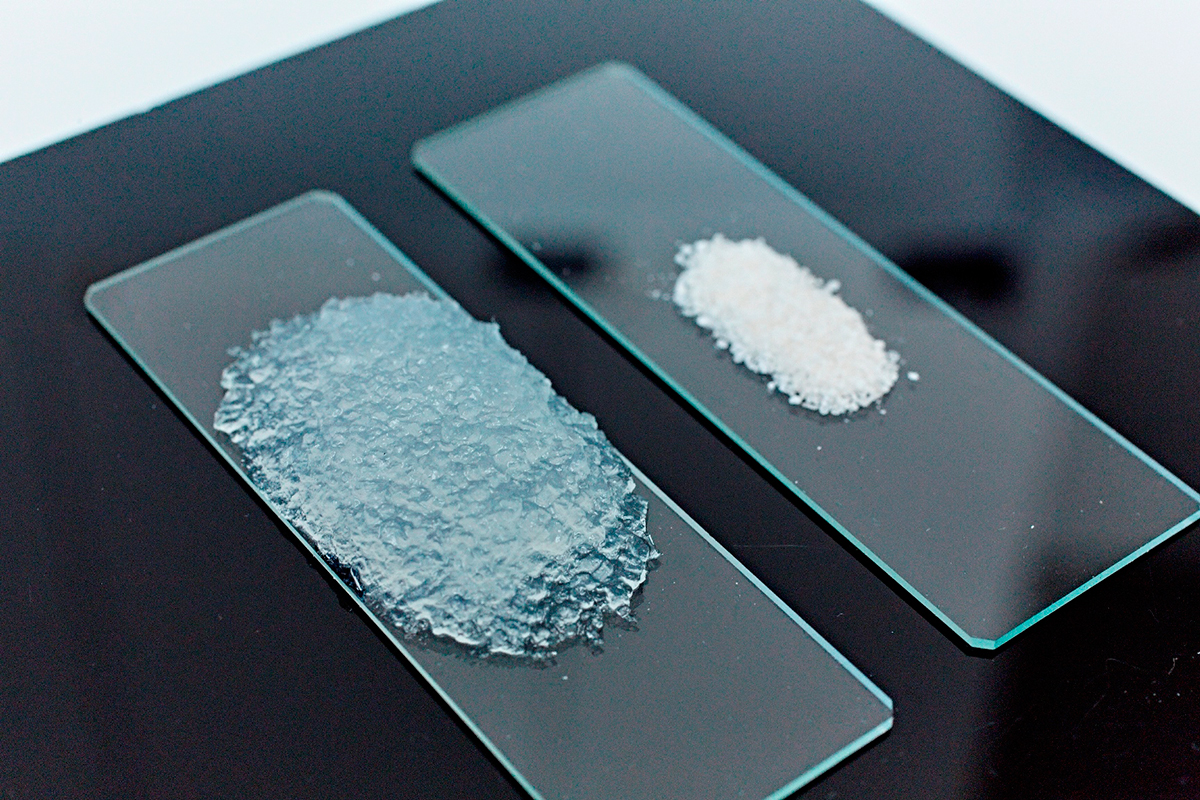
Shahi and The Hong Kong Research Institute of Textiles and Apparel (HRKITA) are collaborating to advance their shared goals of moving towards a circular economy and ensuring the long-term sustainability of the apparel supply chain. HKRITA’s technologies successfully transform cellulose powder recovered from recycling cotton-polyester blends into a superabsorbent polymer (SAP). The application of this SAP in cotton production was tested in the field by Shahi. Initial results indicate that applying SAP on the cotton plants did improve water retention, especially under extreme water stress, and hence enhanced cotton yield and quality. A larger experiment in 2021 will be conducted to validate these findings.
The challenge
More than 80% of India’s agriculture sector comprises of small and marginal farmers* who play a vital role in India’s agriculture and rural economy. Small and marginal farmers, operating on less than two hectares of land, are reliant on traditional farming techniques such as rainfed farming, putting them at risk of water stress during critical growth stages of their crops. This ultimately leads to loss of yield and income, pushing Indian farmers towards a vicious cycle of poverty. Yet another challenge for the apparel supply chain is the large volumes of textile waste that is generated in manufacturing and not being recycled. One reason for this has been the challenge of separating blended materials. Solving both of these issues is critical to the long-term sustainability of the apparel industry.
HKRITA’s superabsorbent polymer (SAP)
HKRITA has developed a hydrothermal separation technology to recycle cotton and polyester blend textiles. The hydrothermal process has been successful in recovering polyester fibers and converting cotton into cellulose powder, which is then used to make a superabsorbent polymer (SAP). Due to its inherent properties, SAP can retain soil moisture for longer periods and reduce water consumption in farming.
(A short video on the production of cellulosic superabsorbent polymer (SAP) from post-consumer textile waste)
A field experiment with SAP
In early 2020, HKRITA and Shahi partnered to conduct an experiment to understand the effects of SAP facilitated cotton plantation under different irrigation systems. The study utilized observational data generated from a field experiment on yield performance and quality. The experiment was conducted in Bellary, Karnataka in a land area of 2,000 sq meters.
The land was divided into four “replications” to test the impact of SAP in four different farming systems as shown in the illustration below:
- Replication #1: Drip irrigation with mulching (advanced farming techniques)
- Replication #2: Drip irrigation (slightly advanced farming techniques)
- Replication #3: Flood irrigation (conventional farming)
- Replication #4: Flood irrigation with extreme water stress (conventional farming + water stress)
Each replication had a “treatment line” (with SAP) and a “control line” (without SAP), and each line had 10 plants. Replication #3 and Replication #4 represent the most common ways of irrigation in India (reliance on rainfed farming), and Replication #4 was designed to mimic extreme water stress situations where the irrigation interval was around 10-15 days.
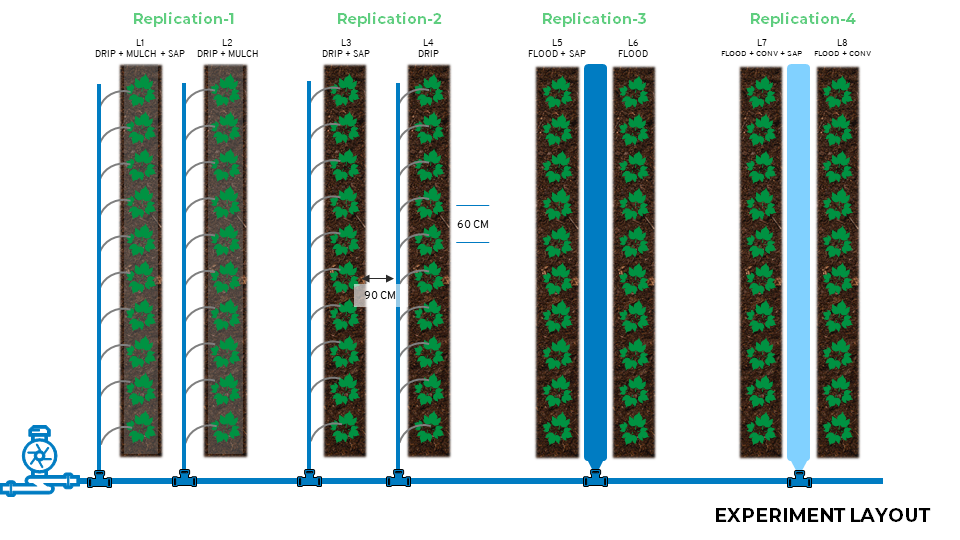
Experiment layout for the Shahi-HKRITA SAP pilot
Findings and way forward
Across all replications, SAP (treatment) lines had a higher yield compared to the control lines. Replication #4 with SAP (L7 in the illustration above) which is closest to conventional farming was the best performing line with a 25% higher yield than the control line and 4.28 Micronaire (MIC), which is an indication of a premium and fine fiber. Thus, we conclude that:
- SAP improves water retention at critical growth stages especially in extreme water stress as seen in L7.
- SAP is eco-friendly: no traces were observed after the completion of the crop cycles.
- It can be used by cotton farmers to enhance their yield and potentially improve quality.
Results from the meticulously planned experiment are promising, especially for Indian farmers that largely rely on rainfall. Shahi plans to work with HKRITA to conduct larger trials in 2021 to further understand the application and impact of using SAP to grow cotton more effectively.
More resources
To learn more, watch the recording or read the press release of the “The Future of Fashion: Reimagine, Regenerate and Close the Loop” Webinar hosted by HKRITA on November 19, 2020, where we shared insights from this experiment.

Anant Ahuja, Head of Organizational Development at Shahi speaks at “The Future of Fashion: Reimagine, Regenerate and Close the Loop” Webinar hosted by HKRITA on November 19, 2020
*Ministry of Agriculture & Farmers Welfare, Department of Agriculture, Cooperation & Farmers Welfare, Government of India, 2015
For more information, please write to us at od@shahi.co.in
